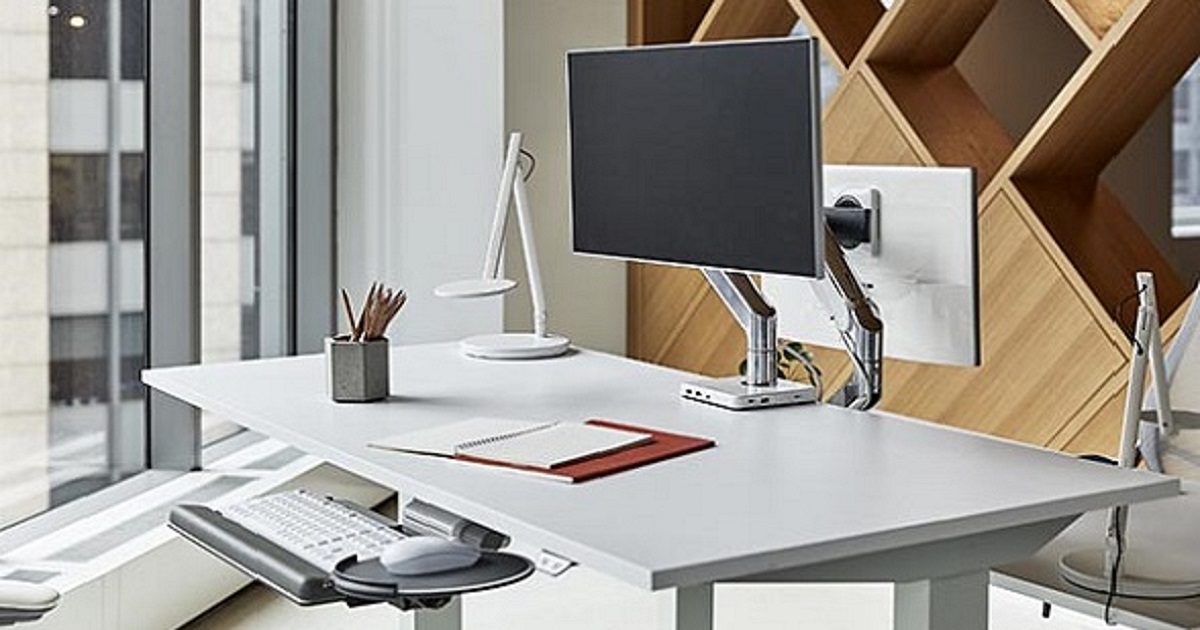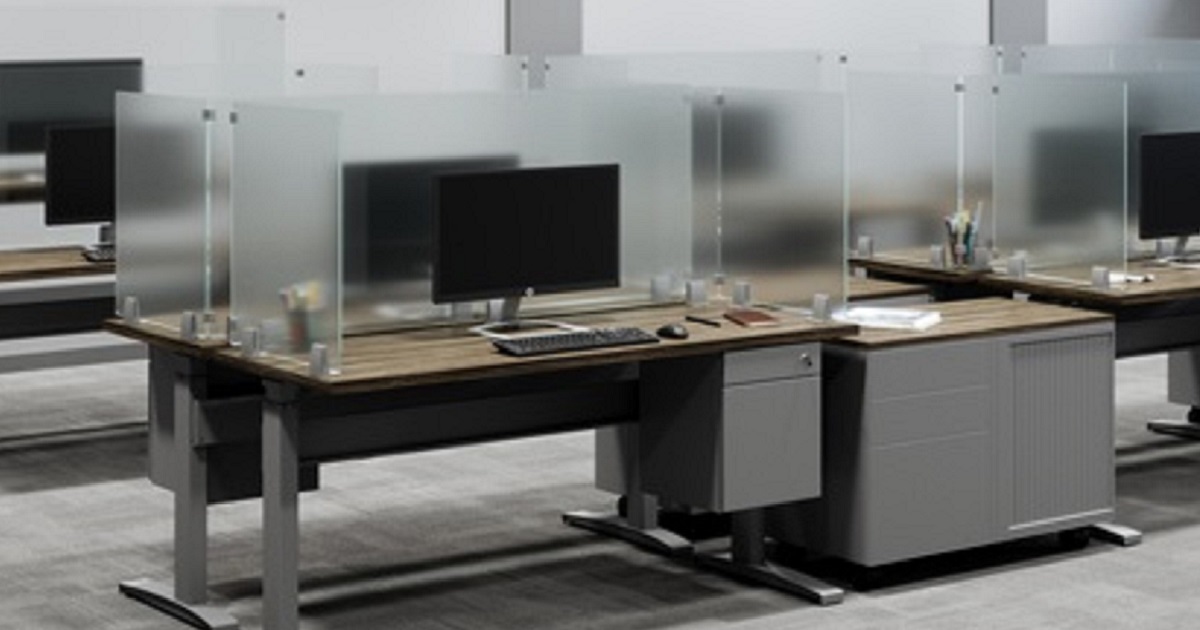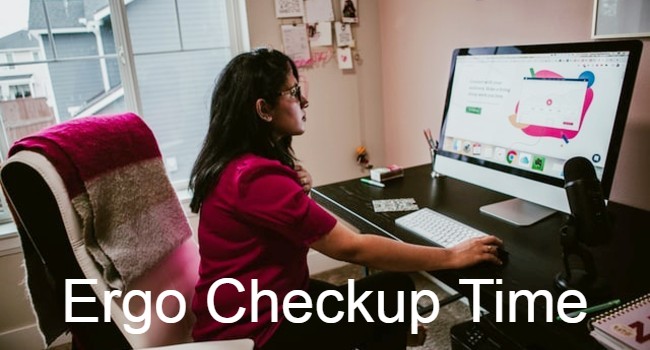Return On Ergonomics - What is the ROI?
- May 15, 2016
- 0 Comments
“I’m not paying that much for a chair” a prospective customer voiced as he left our showroom recently one afternoon. For any company selling or purchasing quality ergonomic products, we frequently hear customers or managers asking, “Just how much will this cost?”
The real question is can you afford not to invest in ergonomic products and safety for yourself and your employees. We’ve all heard the old adage about time being money, but for smart businesses, ergonomic benefits can mean economic benefits.
“Safety is an investment, not an expense...”
 According to the Liberty Mutual Research Institute for Safety, for every dollar invested in employee safety, there is a savings of between three and six dollars. Alan C. McMillan, president and CEO of the National Safety Council, says that companies are beginning to see the benefits of ergonomics. “[Companies] are beginning to realize that safety pays tremendous dividends in terms of lower worker’s compensation and insurance costs as well as improved employee productivity, morale and retention.”
According to the Liberty Mutual Research Institute for Safety, for every dollar invested in employee safety, there is a savings of between three and six dollars. Alan C. McMillan, president and CEO of the National Safety Council, says that companies are beginning to see the benefits of ergonomics. “[Companies] are beginning to realize that safety pays tremendous dividends in terms of lower worker’s compensation and insurance costs as well as improved employee productivity, morale and retention.”
Edmund Kelly, chairman of Liberty Mutual Insurance agrees. “ Safety is an investment, not an expense… a safer workplace is more efficient and more economical," he said, adding that, “ as an insurer, we see firsthand the immediate cost of a lack of safety.”
As an investment, workplace ergonomics is one that requires an ongoing commitment as opposed to a one-time effort. From the way workers sit to the way workstations are set up, to something as simple as taking a break, workplace ergonomics integration and awareness doesn’t have to be overly expensive or intensive, but it does have to be a consistent and long-term effort to reap the most benefits. It’s also a good idea to encourage employees to buy into the ergonomics effort and take responsibility for their safety.
 An article in Occupational Health and Safety (October, 2012) identified funding as a key barrier companies have faced in managing their ergonomic programs. Perhaps considering the “return on ergonomics” can help when requesting and receiving funding approval. This is basically a cost-benefit analysis or a return on investment (ROI). Return on investment is a common business tool to measure the ratio of profit gained or lost relative to the cost. When properly introduced and managed, ergonomic improvements can produce significant ROI’s. The typical approach is to compare the financial benefits and outcomes to the cost of the product or process being considered.
An article in Occupational Health and Safety (October, 2012) identified funding as a key barrier companies have faced in managing their ergonomic programs. Perhaps considering the “return on ergonomics” can help when requesting and receiving funding approval. This is basically a cost-benefit analysis or a return on investment (ROI). Return on investment is a common business tool to measure the ratio of profit gained or lost relative to the cost. When properly introduced and managed, ergonomic improvements can produce significant ROI’s. The typical approach is to compare the financial benefits and outcomes to the cost of the product or process being considered.
For example, if an employee earning $50,000 loses 30 minutes a day of lost productivity due to discomfort and pain that’s the equivalent of over $12.00 a day. Over a full year, that would amount to $3,125 a year. How much more productive could the employee be if we could increase his/her comfort? Would the investment in a more comfortable chair, or an adjustable workstation add 30 minutes back each day? In this case, the investment of $800 in a good ergonomic chair would equate to a return of nearly 300%. A $1500 height adjustable table would return over 100%. Sounds like smart investments!
In this current economic environment of layoffs and cost control, now is an opportune time to consider ergonomic improvements to provide increased productivity for your employees. Your company sends a clear message to employees that their well-being and health are important! A happy employee may be a more productive employee!
Here are some resources & links for you to further explore how to calculate your return on investment.
Cornell University's ROI Estimator
Return on Investment for Ergonomic Programs
Summary of study results conducted by the State of Washington Department of Labor & Industries with the Puget Sound Chapter of the Human Factors and Ergonomics Society, analyzing the return on investment for ergonomics programs.
















 Payments securely processed by:
Payments securely processed by: 